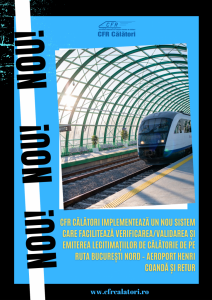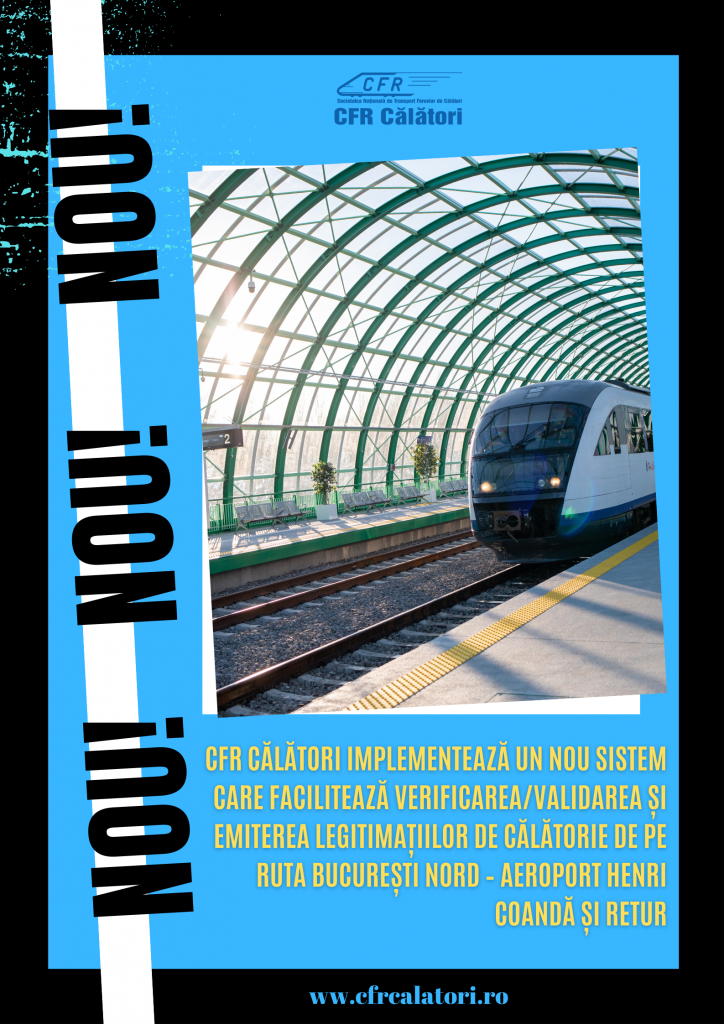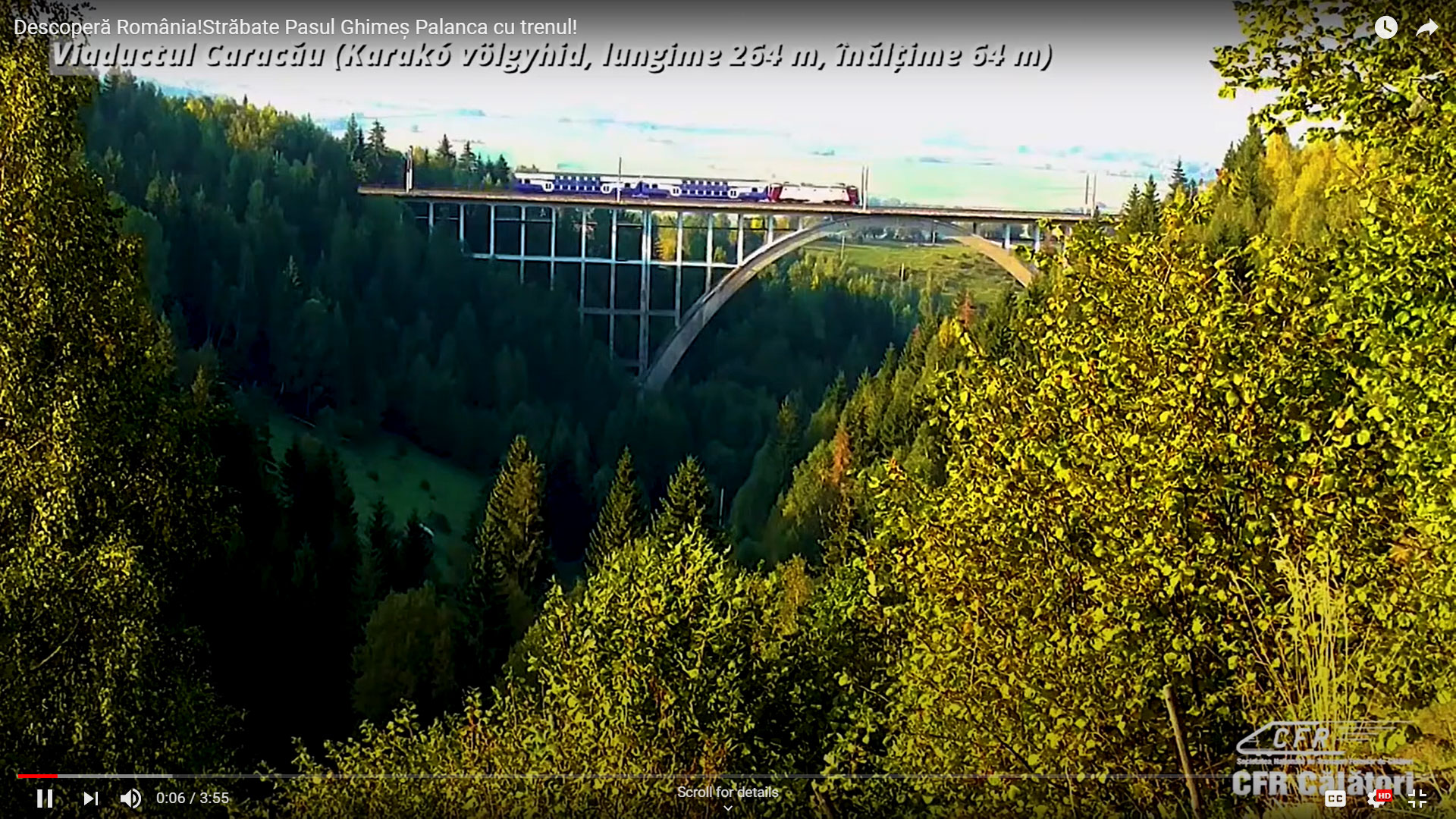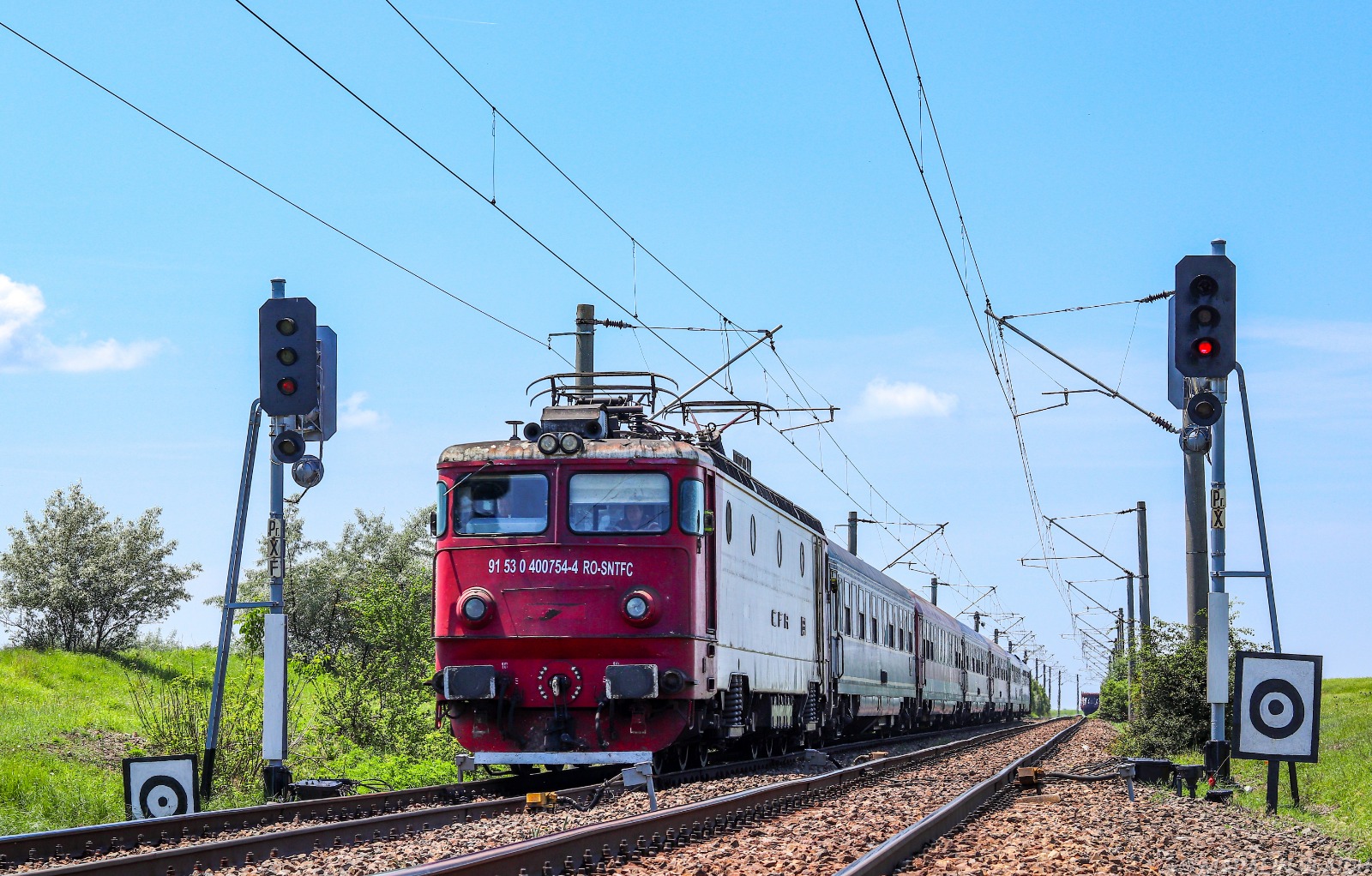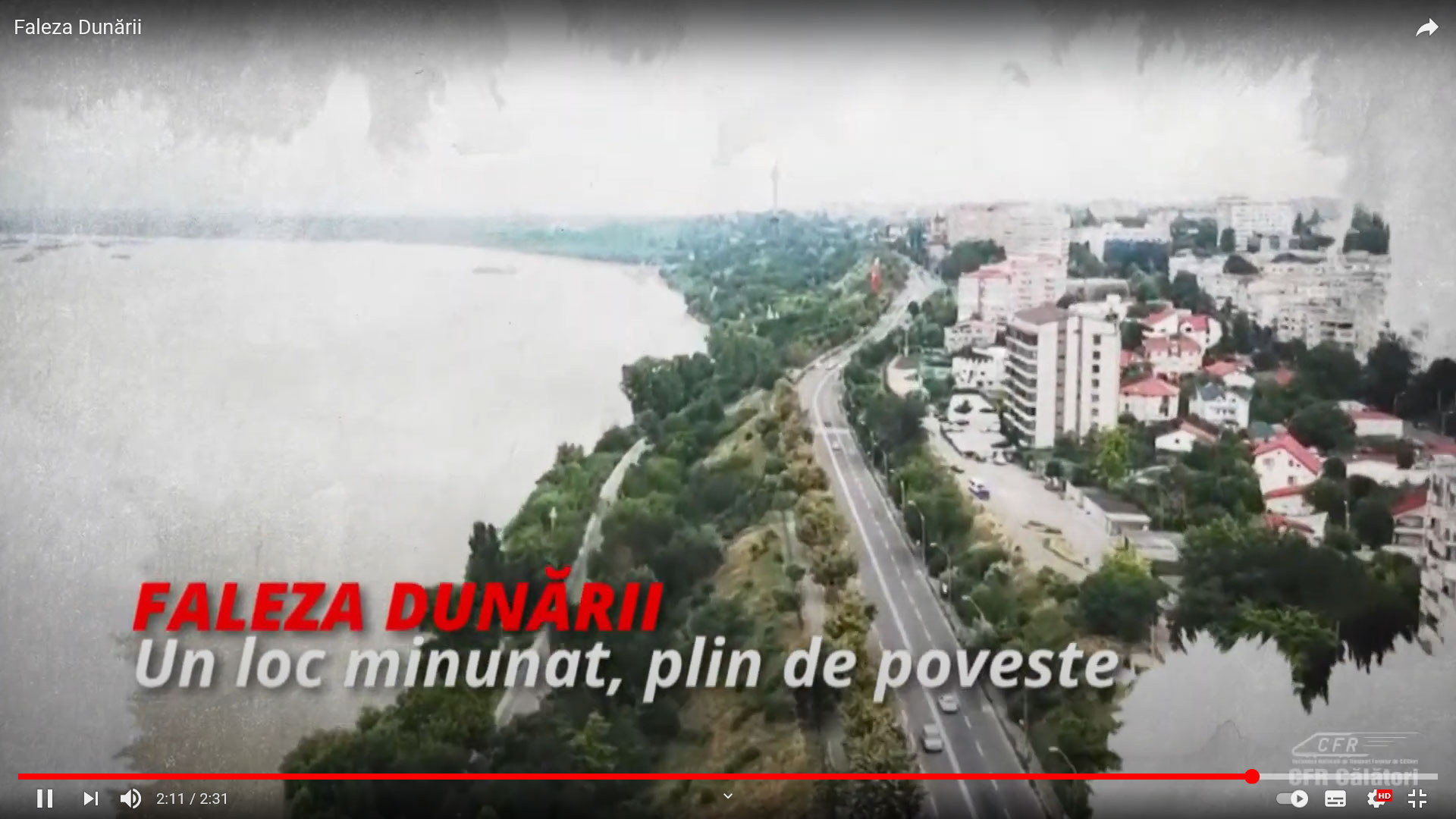Built during the same period as the Royal Station of Sinaia (1937-1938) and the underground passage from the Mioriţa Fountain, the Royal Station of Bucharest Băneasa was intended for the departures and arrivals of King Carol the Second, members of the government, the Royal
Family and high dignitaries invited in the capital. The esplanade connecting the station of Băneasa to the main road allowed for troop alignment and development of processions. During the communist era, it became a presidential station, currently being used for boarding / disembarkation of passengers of some trains travelling on the 800 mainline.
Since 2012, the Royal Station of Băneasa, a station with historical significance, is periodically used by the Royal Family of Romania as a departure and arrival point for their symbolical journeys made by Her Royal Highness Princess Margaret with the Royal Train. From here, in 2017, King Michael the First left for his final journey towards Curtea de Argeş, the necropolis of Romanian kings.
The plans for the station were drawn in 1937 by architect Duiliu Marcu and their execution was performed by the team lead by engineer Mihai Gheorghiu. During the Second World War, following the American aerial bombing in 1944, the station was badly damaged, being rebuilt in the shape it currently has. The Royal Station fo Băneasa is composed of a main building, which is the station itself, and a partially covered platform 70 metres in legth, reserved for the honor guard.
The station’s main building, with a surface of 280 square metres, includes halls destined exclusively for the king and a grand reception hall for the government and officials. The station itself is composed of a passageway, a private hall with toilets, a hall for aids and a wardrobe. The construction is made of reinforced concrete frames and the terrace type roof has inner drains for the rainwater. The facades are covered with Romanian travertine, the floor is made of big slabs of pink Ruşchiţa marble and black Belgium marble in the passageways, being covered with carpets in the halls.
The building has heating and air conditionning, electric lighting (the cables being hidden by cornices meant for indirect lighting) and a hot water distribuiton system. The central heating plant is located in the basement. Doors and windows are methallic and covered with stainless steel. The walls of the reception halls and the royal passageway are covered with rose wood, while the walls in the king’s hall are covered with walnut wood.
Did you know??
Before 1940, the Royal Station of Bucharest Băneasa was knows and the Mogoşoaia Station.
The history of this station begins in 1886, when the building known as the Mogoşoaia Station was inaugurated, meant for the carriage of goods. Thus, a secondary rail connection was provided between the capital and the Constanţa harbor, in order to bypass the difficult and long route starting from the Station of Târgovişte (the current Bucharest North), which went through the city’s northern outskirts in order to reach its eastern side.
In 1914, the lifeless body of King Carol the First was brought from Sinaia to the Mogoşoaia station in order to be transported to the Royal Palace on a gun carriage. On the 1st of December 1918, the Royal Family of Romania disembarked in this station from the train bringing them to Bucharest from their refuge in Moldova during the First World War, in order to continue their triumphant entry on horses. Here, King Ferdinand also disembarked on the 16th of October 1922, after returning from the crowning ceremony in Alba Iulia.
#2021EuropeanYearofRailways
#EUYearofRail
Bibliography:
Documentation regarding the ENCYCLOPEDIA OF THE STATIONS from ROMANIA ”, C.D.C.A.S. 2003, responsible: Architect Maria Mănescu
Other articles on the same subject:
Railway transport – the Most Ecologic Type of Passenger Transport in Europe click here
The future of transport is the railway – Chose the railway! click here
Romania – Founding Member of the International Union of Railways! click here
Railway transport – the Most Ecologic Type of Passenger Transport in Europe click here
Steam locomotives museum in Reșița click here
The “Ceferiada” Event click here
Steam locomotives museum in Dej click here
Rail transport connects Europe click here
Intelligent transport click here
The TRAIN = The railway transport is cleaner click here
140 years from the first railway built entirely by Romanian engineers click here
The railway connection of the Capital with the East and the West, in the beginning click here
The beginning of railways in Europe click here
Explore the railway route Suceava – Putna click here
The history of the royal train – CFR Călători click here
The Danube Cliff and the Filești Tunnel in the European Year of Railways click here
The Filiași – Bumbești – Livezeni railway click here
The Caracău Viaduct – the largest concrete arched viaduct in Romania click here
